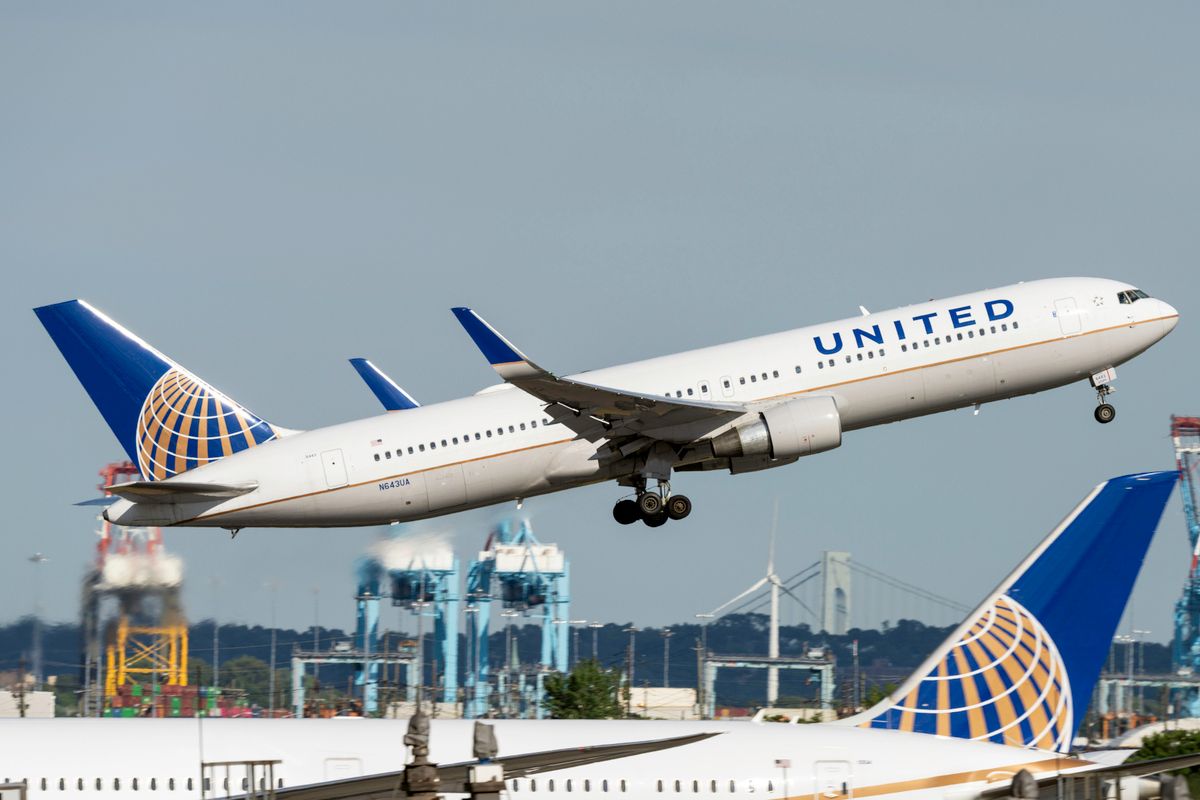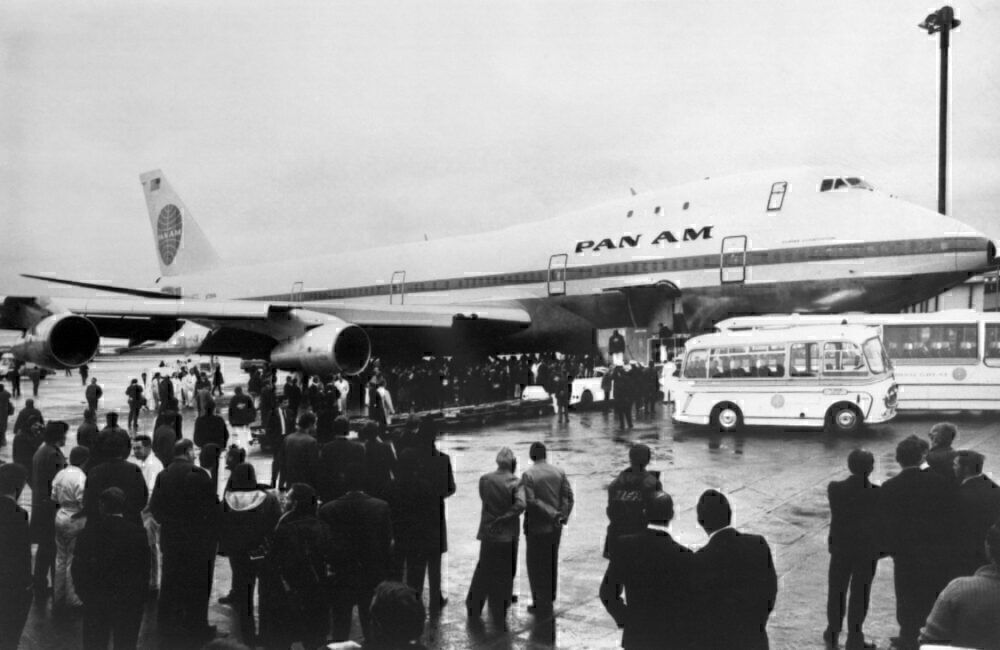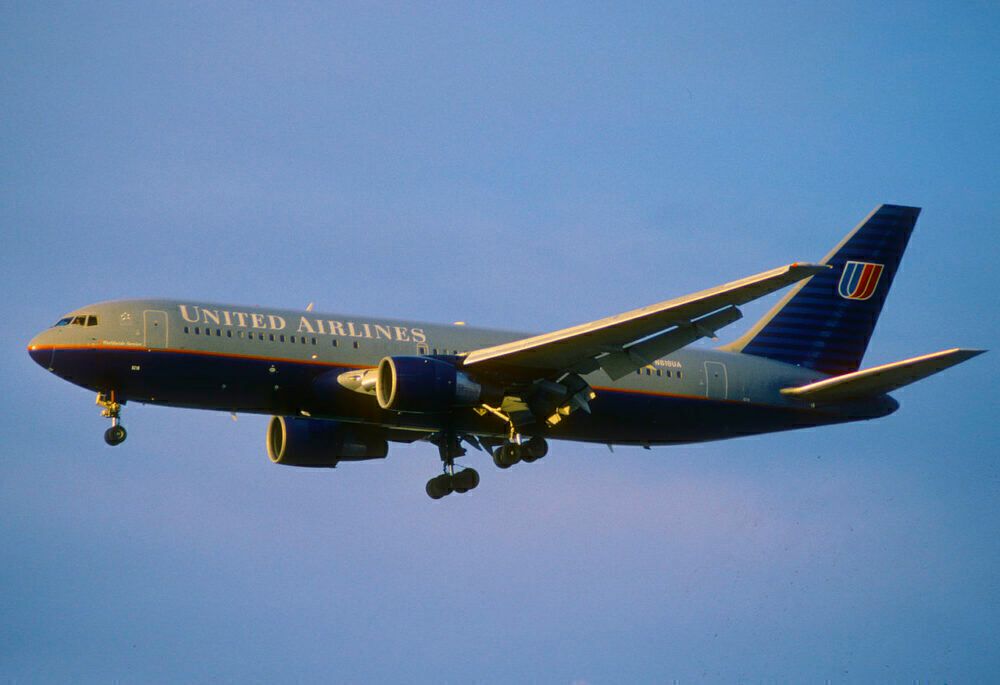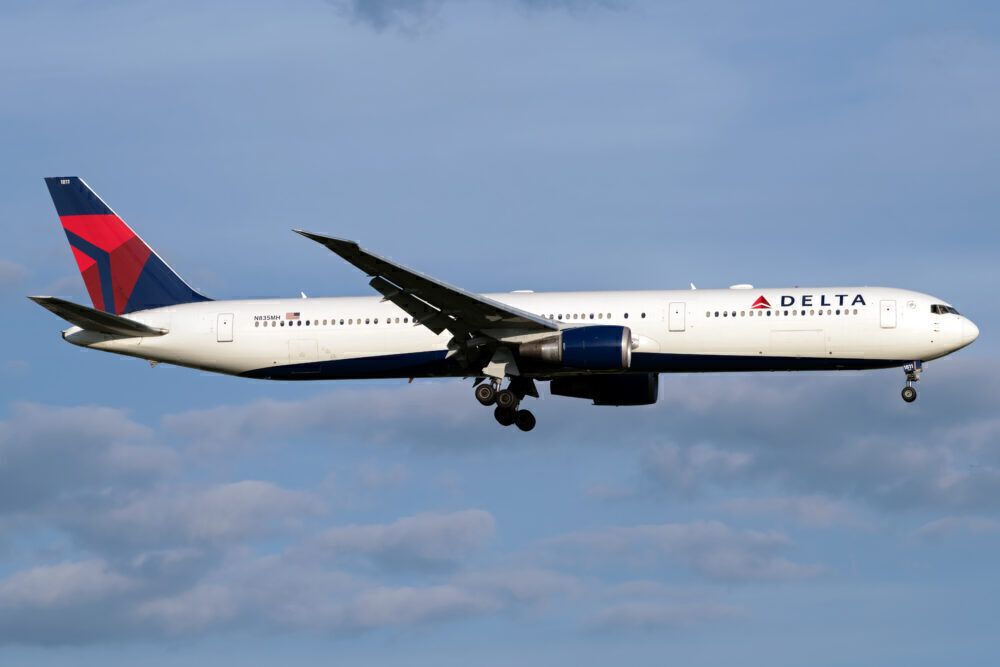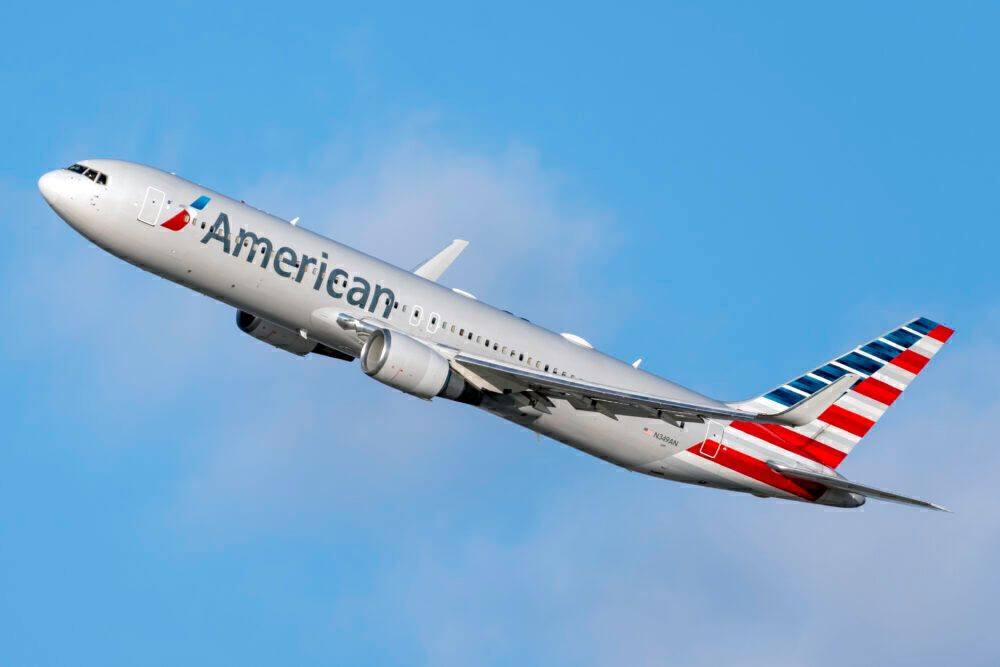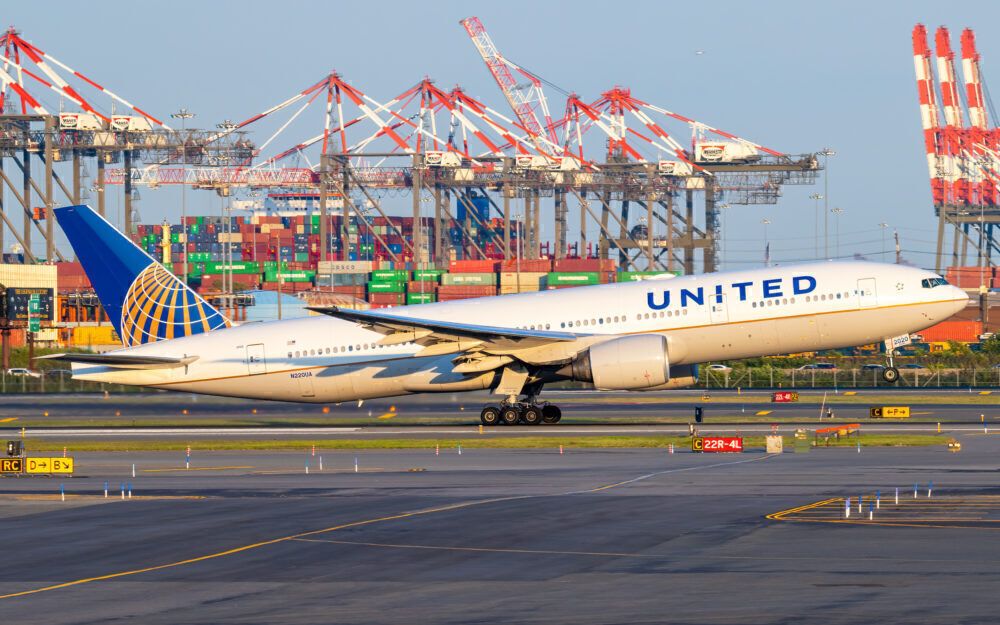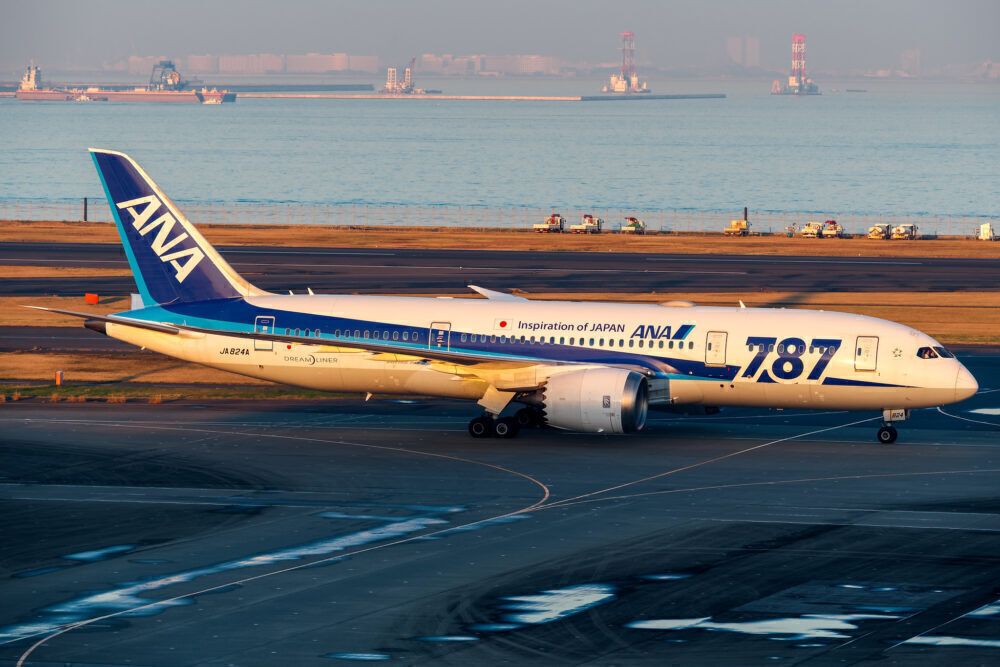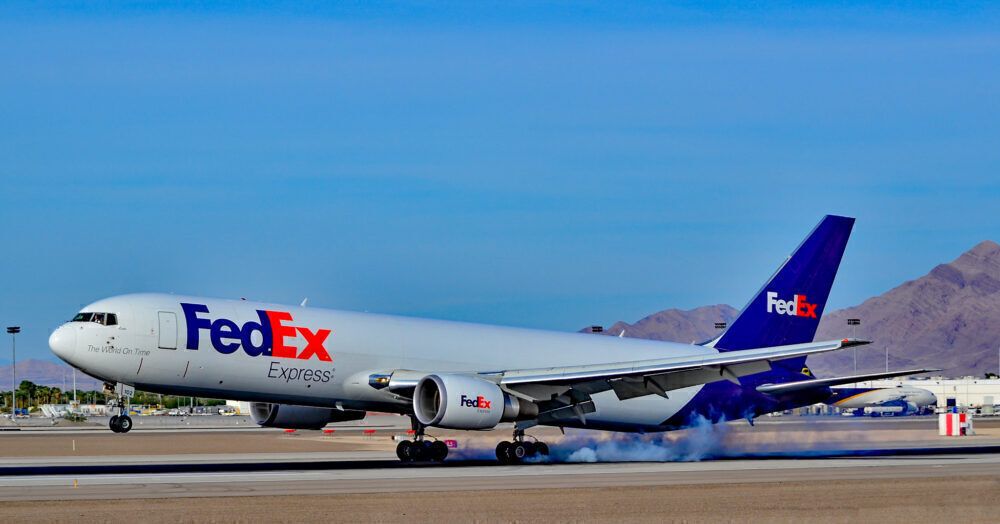US manufacturer Boeing shot to long-haul prominence in the 1970s when its iconic 747 family took to the skies. It changed long-haul travel forever. The jumbo was, and remains, an immensely popular aircraft, but Boeing found that it needed to complement it with a smaller widebody design. This eventually saw the 767 come into existence, but this aircraft is now becoming increasingly rare. So what explains its popularity relative to recent years?
The birth of the 767
You can trace the roots of the Boeing 767 family back as far as 1972, just a couple of years after the original 747 entered service. The 747 had been the world's first widebody jetliner, but Boeing soon began developing a smaller aircraft that would retain its twin-aisle cabin design but for a lower-capacity market than the 747.
It also wanted the design, which it codenamed the 7X7, to be smaller than the Lockheed L-1011 'TriStar' and the McDonnell Douglas DC-10. These widebody trijets had also entered service since the launch of the Boeing 747. Coincidentally, 1972 also saw European manufacturer Airbus launch the A300, a twin-engine widebody with which the 767 would compete.
Stay informed: Sign up for our daily and weekly aviation news digests.
Boeing experimented with various engine (in terms of the number and location) and tail configurations during the development of the 7X7. However, it ultimately opted for a twinjet design with wing-mounted engines similar to that of the existing A300. February 1978 saw the design designated as the 767, and United placed its first orders five months later.
Several different variants
Boeing developed the 767 concurrently with the 757, and these aircraft had many shared features. The 767 made its maiden test flight in September 1981, and entered service a year later with launch customer United. Boeing has since gone on to produce more than 1,200 767s across all variants. The original model was the 767-200, which Boeing later upgraded in the form of the 767-200ER (Extended Range). El Al launched this version in 1984.
Japan Airlines launched the stretched-fuselage 767-300 in 1986. American followed suit with the 767-300ER two years later. The 767-300ER has been the family's most successful variant, accounting for nearly half (583) of all 767 deliveries to date. The 767-300 also formed the basis for the type's first cargo variant, which entered service with UPS in 1995.
For the first time in its history, Boeing then stretched the 767 a second time when it launched the 767-400ER in 2000 with Continental. In addition to its longer body, the 767-400ER also had a wider wingspan than previous variants, thanks to its raked wingtips.
Boeing briefly offered an even longer-range 767-400ERX version in 2000, but canceled it the next year. Interestingly, it never produced a standard 767-400. It delivered a total of 37 767-400ERs to launch customer Continental and Atlanta-based Delta.
ETOPS facilitates a role change
To begin with, US carriers operated the 767 on transcontinental and other domestic routes. Indeed, United launched the type on a service from Chicago, Illinois to Denver, Colorado. In addition to their increased capacity compared to single-aisle designs, the 767's twin-aisle cabin also helped it to achieve quicker turnaround times. This subsequently led to higher dispatch reliability, and general improvements in operational smoothness.
However, having cut its teeth in the US domestic market, more distant horizons awaited the 767 thanks to the introduction of ETOPS. Otherwise known as 'Extended-range Twin-engine Operations Performance Standards,' this legislation led to a boom in twinjet operations on intercontinental journeys such as transatlantic services.
Subsequently, the 767 quickly became a figurehead for this movement, and TWA flew the first 767-operated ETOPS flight in May 1985. This added another string to the aircraft's bow, and further boosted its sales numbers in years to come.
Outshone by aircraft that followed
In recent years, the 767 has experienced something of a decline. Of course, a factor in this is the aircraft's age, with the original 767-200 having first flown nearly four decades ago. However, in another sense, it has become a victim of its own success. But how, exactly?
Specifically, we have to look at the program's development in the late 1980s. The success of the stretched-fuselage 767-300 and -300ER variants caused Boeing to consider producing a larger version. This would have had a wider fuselage than the original 767's existing seven-abreast 2-3-2 setup, and initially designated as the 767-X. It first proposed this in 1986, but the concept garnered minimal interest among prospective customers.
Two years later, Boeing reworked the 767-X design into a new twinjet family that would later become the popular 777 series. This design first flew in 1994, and United introduced it commercially a year later. As such, the 767's decline can partially be seen as a consequence of its own success in that it led to the development of the 777. Had the 767-X remained a 767 family member, the series may have experienced greater sales and a slower decline.
More recently, Boeing has also launched another twin-engine widebody in the form of the 787 'Dreamliner' family. This nine-abreast design is smaller than the 777 series, putting it on a par, capacity-wise, with some of the 767's larger variants. Since its introduction in 2011, many airlines have ordered the 787 as a replacement for the 767 due to its greater range and efficiency, further contributing to its fall in the last decade.
Use away from the passenger market
Although, as we have established, the 767 has been superseded by the likes of the 777 and 787 families, this is primarily the case in the passenger-carrying domain. In terms of cargo, the aircraft still has an important role to play. Boeing is reportedly producing three 767 freighters a month, and states that it:
"... continues to see strong market demand for 767 airplanes, which offer outstanding operational efficiency and payload configuration. Cargo operators around the world keep the global 767 Freighter fleet busy, flying the model an average of 10 hours a day."
According to Boeing's Orders and Deliveries data, the company still has 97 outstanding orders for the 767. Of these, more than a third (33 aircraft) are to be delivered to FedEx. The Memphis-based logistics giant already has 100 767s in its fleet, according to Planespotters.net. Interestingly, 57 of the outstanding orders are for air tanker companies, showing that, in the domain of air-to-air refueling, the 767 remains a versatile aircraft.
Overall, while the 767 has experienced something of a fall in terms of the passenger market, that doesn't mean that it hasn't left a significant legacy. Indeed, it paved the way for the twin-engine widebodies that have followed in its wake, fundamentally increasing the efficiency of long-haul travel. Meanwhile, it will continue to play an important role in the logistics sector, quietly keeping the world moving as it has done for nearly four decades.
What are your memories of flying on the Boeing 767? Do you have a favorite variant of the type? Let us know your thoughts and experiences in the comments.

